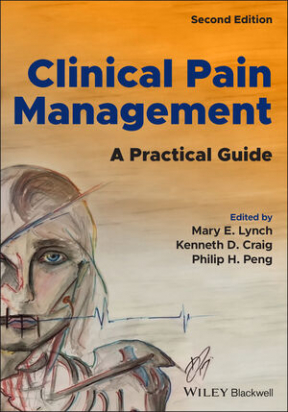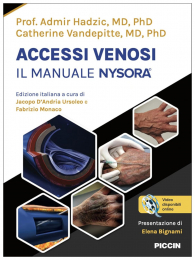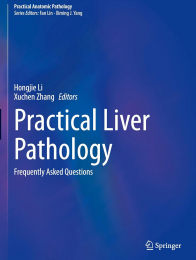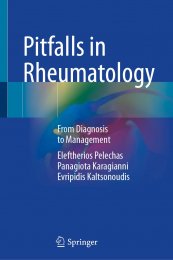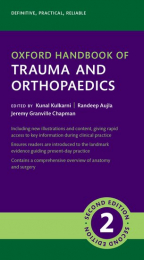Non ci sono recensioni
DA SCONTARE
Clinical Pain Management
Pain has many dimensions; biological, psychological and social. All of these warrant attention in clinical management and research. Despite advances in pain management and understanding, chronic pain in particular continues to be a major health concern. Many challenging problems persist in our efforts to understand and manage chronic pain. This revised and updated second edition of Clinical Pain Management: A Practical Guide draws attention to the challenges that exist for people living with chronic pain conditions, for the clinician trying to provide effective management of the patient’s pain, for the scientist seeking to unravel the mechanisms underlying pain, and for society as a whole.
This book offers the opportunity for clinicians to improve their knowledge about pain and apply that knowledge for the benefit of their patients. This second edition has built upon the first edition, which was distinctive in its integration of the clinical, psychosocial and basic science topics related to the different types of pain and their management. With up-to-date information throughout the 44 chapters of this second edition, this book provides a valuable resource about pain from a variety of perspectives.
Clinical Pain Management: A Practical Guide, Second Edition, will be particularly valuable not only for clinicians to help them assist with their patients experiencing an acute pain or suffering from chronic pain, but also for scientists who wish to gain more insights into these pain conditions and their underlying processes.
Foreword/ preface
Foreword to first edition
Part 1: Basic Understanding of Pain Medicine
1 The challenge of pain: a multidimensional phenomenon
2 Epidemiology and economics of recurrent and chronic non-cancer pain
3 Basic mechanisms and pathophysiology
4 Psychosocial Aspects of Pain
5 Identification of risk and protective factors in the transition from acute to chronic post-surgical pain
6 Placebo/nocebo: a two-sided coin in the clinician’s hand
7 Knowledge transfer to patients experiencing pain and poor sleep and sleep disorder
Part 2: Assessment of Pain
8 Clinical assessment in adult patients
9 Measurement and assessment of pain in pediatric patients
10 Laboratory investigations, imaging, and neurological assessment in pain management
11 Psychological assessment of persons with chronic pain
Part 3: Management
12 Introduction to management
13 Managing chronic pain in primary care
14 Medical nutrition therapy for chronic pain management
15 Physical therapy and rehabilitation
Part 4: Pharmacotherapy
16 Antidepressant analgesics in the management of chronic pain
17 Anticonvulsants in the management of chronic pain
18 Opioids
19 Topical analgesics
20 Cannabinoids and other agents
21 Combined pharmacotherapy for chronic pain management
Part 5: Interventional
22 Diagnostic and therapeutic blocks
23 Neuromodulation therapy
24 Neurosurgical management of pain
Part 6: Psychological
25 Pain self-management: theory and process for clinicians
26 Psychological interventions: a focus on cognitive behavioral therapy
27 Pain catastrophizing and fear of movement: detection and intervention
Part 7: Complementary Therapies
28 Complementary and integrative health approaches for pain relief
Part 8: Specific Clinical States
29 Low Back Pain
30 Fibromyalgia syndrome and myofascial pain syndromes
31 Clinical pain management in the rheumatic diseases
32 Headache
33 Orofacial Pain
34 Visceral Pain
35 Pelvic and Urogenital Pain
36 Neuropathic Pain
37 Complex Regional Pain Syndrome
38 Cancer Pain
39 Pain and Addiction
Part 9: Special Populations
40 Pain in older adults: a brief clinical
41 Pain in Children
42 Pain in individuals with intellectual disabilities
43 Pain and Psychiatric Illness
44 Basic principles in acute and perioperative pain in patients with opiod tolerance
Subject index

